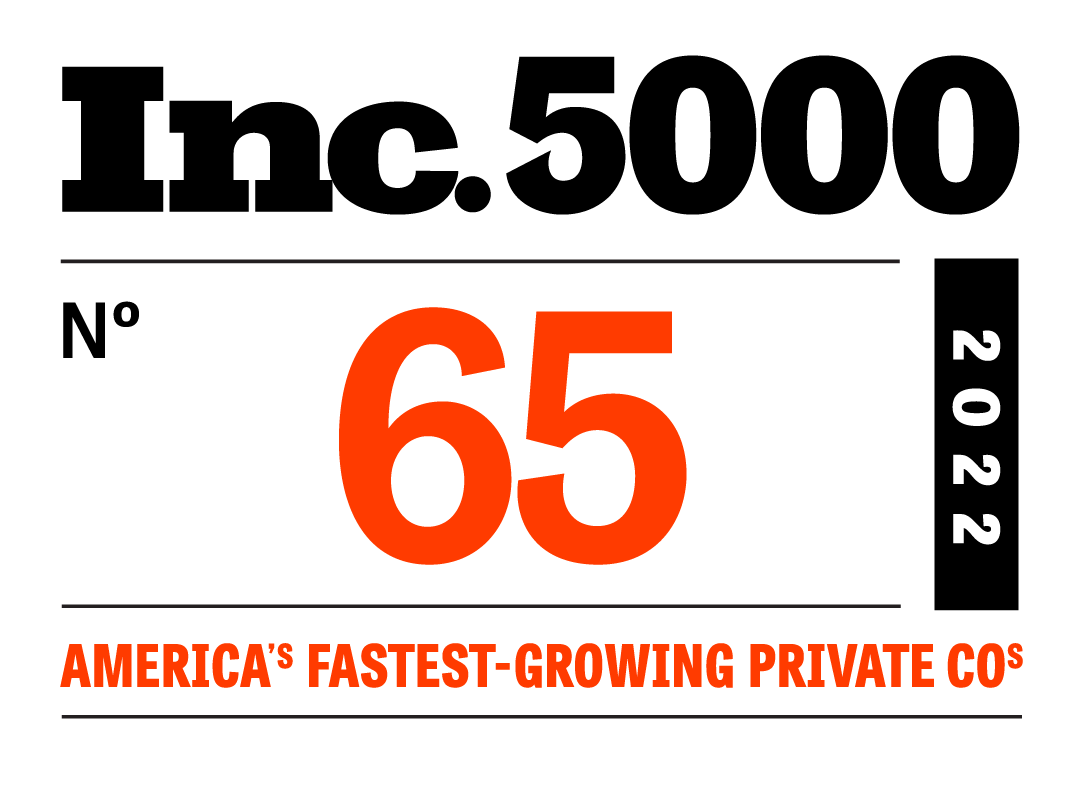In today’s economic climate, small businesses face significant obstacles in accessing the financing they need to grow. Research reveals that while small businesses create nearly two-thirds of new jobs, they are often underfunded. In fact, according to data from Fundera, only 48% of small businesses have their funding needs met and 29% of businesses fail because they run out of capital. The challenge is compounded by recent trends in the banking sector, where loan costs are rising, and credit availability is tightening. “So, business owners are having to make sacrifices, from turning to crowdsourcing instead of lenders, borrowing from family or friends, or simply forgoing expansion plans that would have been funded by more capital,” (AP, 2023). This presents both an opportunity and a call to action for financial institutions to rethink their lending strategies and consider solutions like second-look lending.
The Rise of Second-look Lending in Commercial Finance
Second-look lending offers an innovative approach to address gaps in traditional underwriting. This model allows lenders to reevaluate loan applications that may initially fall short of primary criteria, offering a second review that considers a business's unique potential, cash flow, and relationship history. Increasingly popular in consumer lending, second-look financing can offer insights for the commercial side of the house. By integrating second-look options into their workflows, lenders can open new doors for qualified applicants while supporting business growth and economic resilience.
Why Second-look Lending Matters Now More than Ever
- Meeting Growing Demand for Financing
Small businesses are increasingly in need of capital. AP News highlights that rising costs and tighter lending standards have driven many small businesses to non-traditional financing, which can be more expensive and less predictable. With second-look lending, financial institutions can step in to offer better-aligned alternatives, expanding their support to under-served borrowers and capturing market segments previously left behind.
- Supporting Economic Inclusion
Second-look lending can help foster a more inclusive financial environment by giving more businesses a chance at financing. This approach recognizes that many businesses have viable paths to success, even if they don't fit the traditional mold. For institutions, supporting these clients not only builds goodwill but also contributes to long-term economic stability by empowering diverse small businesses across various sectors.
- Strengthening Customer Relationships & Loyalty
Businesses appreciate a lender that is willing to take a closer look and see beyond standard credit profiles. Second-look programs demonstrate an institution’s commitment to understanding clients’ unique situations and needs. This commitment can strengthen customer loyalty and retention, building relationships that are mutually beneficial over the long term.
- Expanding Deposit Growth Potential
When small businesses turn to second-look programs at their primary financial institution, they’re more likely to deepen their banking relationship. This often leads to new deposit accounts and expanded use of banking services, providing institutions with a stable deposit base that supports broader growth initiatives.
The Role of AI and Data Analytics in Lending Innovation
For institutions interested in incorporating second-look lending, an effective approach requires a balance of technology, team training, and clear evaluation guidelines:
- Embrace Technology Solutions
Platforms like Numerated that integrate second-look lending into commercial loan origination can streamline the second-look process, helping lenders efficiently manage applications that fall outside traditional criteria. Automation and transparency are key in making the process manageable and accessible. - Define Clear Program Guidelines
Establish transparent criteria for second-look lending, including eligibility requirements and necessary documentation. This clarity not only aids internal efficiency but also strengthens applicant trust. - Empower Your Team
Comprehensive training equips team members to understand the second-look process and apply criteria effectively, fostering a culture of inclusive decision-making. - Harness Data Analytics
Leverage data insights to pinpoint potential candidates for second-look lending. Advanced analytics can help identify businesses that may benefit from a secondary evaluation, increasing your institution’s responsiveness to client needs.
Moving Forward with Second-look Lending
As small businesses face tightening lending conditions, second-look programs offer a way for financial institutions to meet evolving needs. This approach fosters inclusivity, builds stronger customer relationships, and strengthens financial resilience. By partnering with technology providers like Numerated and Quantum, our second-look lending partner, institutions can leverage second-look lending to build a lending strategy that adapts to the times—supporting both the institution's growth and the broader business ecosystem.
To learn how Numerated can help you leverage second-look lending for your commercial clients, contact us.
Citations:
- Shepherd, M. (2023, January 23). Small business lending statistics. Fundera. Retrieved from https://www.fundera.com/resources/small-business-lending-statistics
- Arora, R. (2023, June 6). Small business loans are increasingly expensive and harder to get. Forbes. Retrieved from https://www.forbes.com/sites/rohitarora/2023/06/06/small-business-loans-are-increasingly-expensive-and-harder-to-get/
- Anderson, M. (2023, November 26). With funding from banks harder to get, some small businesses are turning to unconventional sources. AP News. Retrieved from https://apnews.com/article/small-business-loans-funding-banks-91c55c514347301f26d46f591f6c32ad








